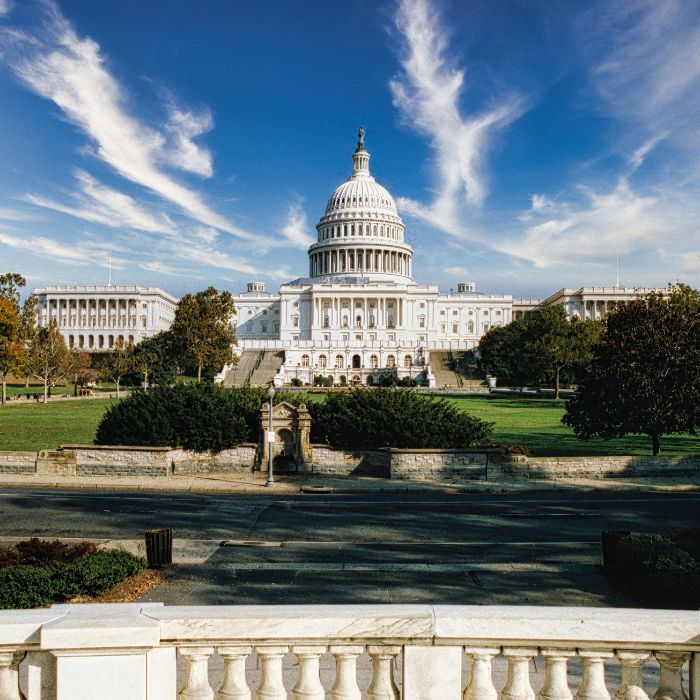United States: USCIS Reverts to More Restrictive Child Age-Out Calculation Policy
August 8, 2025
At a glance
- USCIS has reinstated its previous, more restrictive policy for calculating a child’s age under the Child Status Protection Act (CSPA).
- The reinstated policy will apply to adjustment of status applications filed on or after August 15, 2025.
- Adjustment of status applications filed before August 15, 2025 will still benefit from the more expansive policy that was previously in effect.
The issue
U.S. Citizenship and Immigration Services (USCIS) announced today that it is returning to its previous Child Status Protection Act (CSPA) policy for determining whether a child continues to qualify for derivative green card eligibility in family preference category and employment-based adjustment of status applications. The change will apply prospectively to adjustment of status applications filed on or after August 15, 2025.
Under the reinstated policy, USCIS will use the State Department Visa Bulletin’s typically less generous “Final Action Dates” chart in all cases to determine the date that an immigrant visa is considered to become available when calculating the CSPA-adjusted age of a child adjustment of status applicant. This revised interpretation means that some children who might have been protected from aging out under the previous policy may risk aging out under the revised guidance.
This more restrictive policy replaces a more expansive interpretation of CSPA instituted by USCIS in February 2023. Under that policy, USCIS would use the typically more generous “Dates for Filing” chart to calculate a child’s CSPA-adjusted age in those months when USCIS was accepting adjustment of status filings based on the Dates for Filing. The U.S. Department of State never adopted this less restrictive CSPA policy in its immigrant visa application adjudications, resulting in USCIS and the State Department applying different age-out policies to child green card applicants. In today’s announcement, USCIS cites policy alignment between the two agencies as a principal reason for returning to the more restrictive policy.
Adjustment of status applications filed before August 15, 2025 will continue to be governed by the more generous February 2023 interpretation. In addition, if a child became eligible to apply for adjustment of status when the previous, more generous policy was in effect but can demonstrate that extraordinary circumstances beyond their control prevented them from applying within one year of immigrant visa availability, USCIS will calculate the child’s CSPA-adjusted age using the previous, more expansive interpretation.
Background on CSPA and the State Department Visa Bulletin
For a child to obtain U.S. lawful permanent resident status as a derivative of their parent under family-based preference and employment-based immigration rules, the child must remain under the age of 21. Once the child reaches 21, they “age out” and are generally no longer eligible to obtain U.S. permanent residence through their parent.
The Child Status Protection Act was enacted in 2002 to mitigate the “aging out” of green card applicants due to lengthy government processing times. For adjustment of status applicants in the numerically limited family- and employment-based preference categories, the law prescribes a complex formula for calculating and “freezing” an applicant’s age, based on the length of time the underlying immigrant visa sponsorship petition was pending and the date on which an immigrant visa became available to the applicant (i.e., the date on which the case priority date became current) according to the State Department’s monthly Visa Bulletin.
Determining whether CSPA protection is available became more complicated in 2015, when the State Department shifted from issuing a Visa Bulletin containing a single chart specifying immigrant visa availability for each country and preference category and instead began issuing a Bulletin with two charts – a “Final Action Dates” chart, which establishes when an immigrant visa is authorized for issuance, and the “Dates for Filing” chart, which notifies applicants when they may submit required documents to the relevant agency in connection with their green card application. Each month, USCIS announces whether it will accept adjustment applications based on either the Dates for Filing or the Final Action Dates chart for the relevant month. Often, the Dates for Filing chart permits a foreign national to submit an adjustment application sooner than if the Final Action Dates chart were selected by USCIS.
Recent policy changes
Until February 2023, USCIS considered a visa available for CSPA age calculation purposes based only on the Final Action Dates chart. This meant that dependent children whose adjustment of status applications were submitted under the Dates for Filing chart were often unable to determine at the time of filing their adjustment application whether they would be protected from aging out of green card eligibility under the CSPA.
The more liberal CSPA interpretation implemented in February 2023 required USCIS adjudicators to determine visa availability for CSPA age calculation purposes based on the Dates for Filing chart, in those months when USCIS was accepting adjustment filings under that chart. In cases where the immigrant visa petition was already approved, this change allowed dependent children to know whether they would be protected from aging out under the CSPA when they filed their adjustment application. The February 2023 policy also often resulted in the child’s CSPA age calculation coming out lower than it would have under the previous policy, making it less likely that the child would age out of derivative green card eligibility.
The U.S. Department of State, however, never adopted the more liberal February 2023 USCIS interpretation of the CSPA and continued to use only the typically less generous Final Action Dates chart for calculating CSPA age in all cases. As a result, dependent child green card applicants received differing treatment, depending on whether they pursued U.S. permanent residence through adjustment of status with USCIS or through an immigrant visa application at a State Department consulate abroad. According to today’s announcement, USCIS’s decision to reinstate the previous policy of using only the Final Action Dates chart for CSPA calculations will ensure consistency between USCIS and State Department permanent residence adjudications under the CSPA.
What the policy change means for current and future adjustment applicants
Adjustment of status applications filed prior to August 15 will not be impacted by the policy change, and will continue to benefit from the more expansive February 2023 interpretation of the CSPA.
Adjustment of status applications filed on or after August 15 will be subject to the more restrictive reinstated policy, under which the typically less generous Final Action Dates chart will be used to calculate a dependent child’s CSPA-adjusted age. However, if a child could have filed an adjustment of status application when the previous, more expansive policy was in effect but they can demonstrate that they were unable to apply within one year of immigrant visa availability due to extraordinary circumstances beyond their control, USCIS has indicated that it will apply the more generous previous policy to their case.
As the USCIS’s reinstatement of its prior policy will result in a more restrictive application of the CSPA, it is possible that legal challenges to the policy change may be filed. Fragomen will continue monitoring the implementation of the reinstated policy and will provide further updates as warranted.
This alert is for informational purposes only. If you have any questions, please contact the immigration professional with whom you work at Fragomen.














